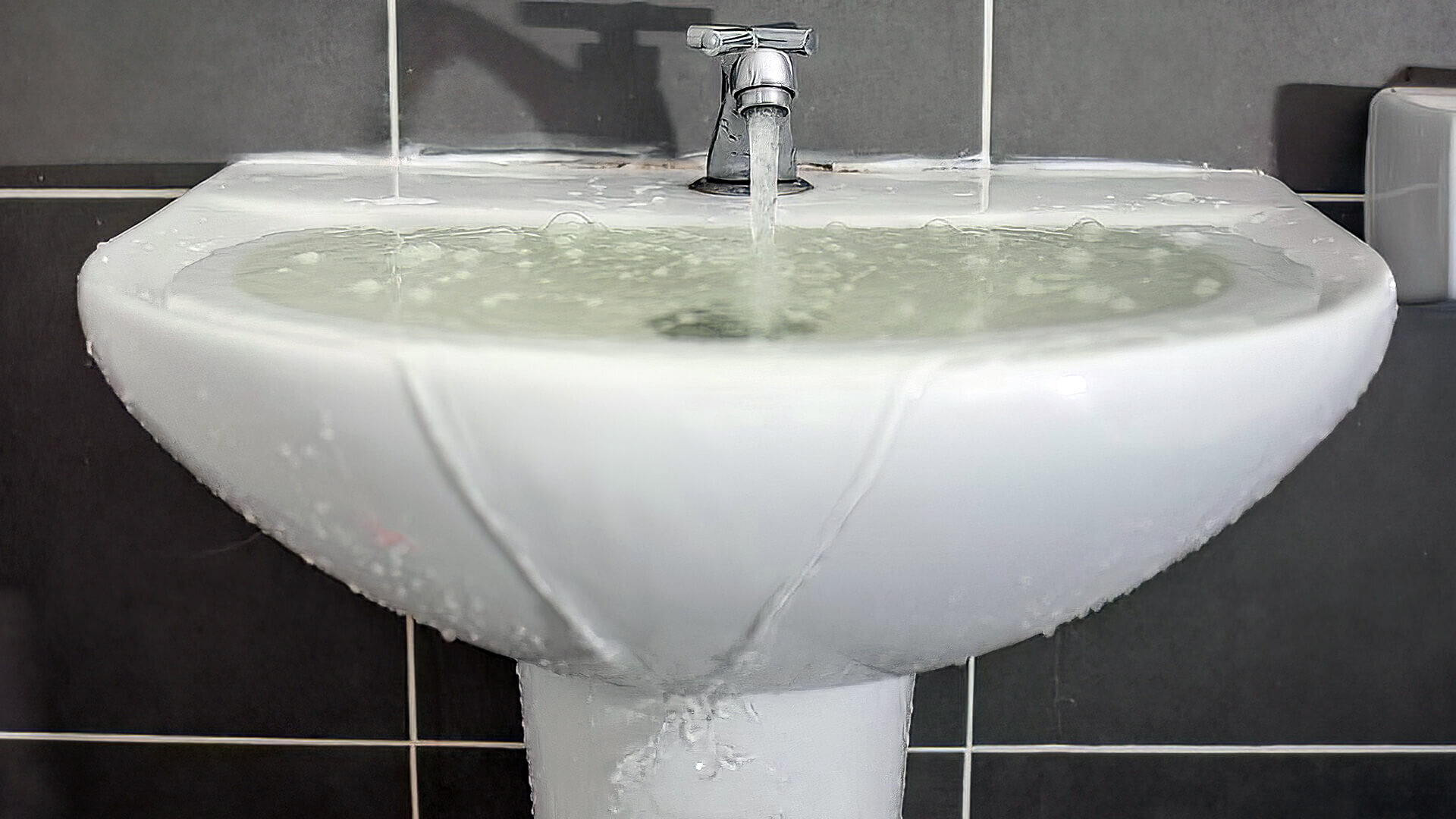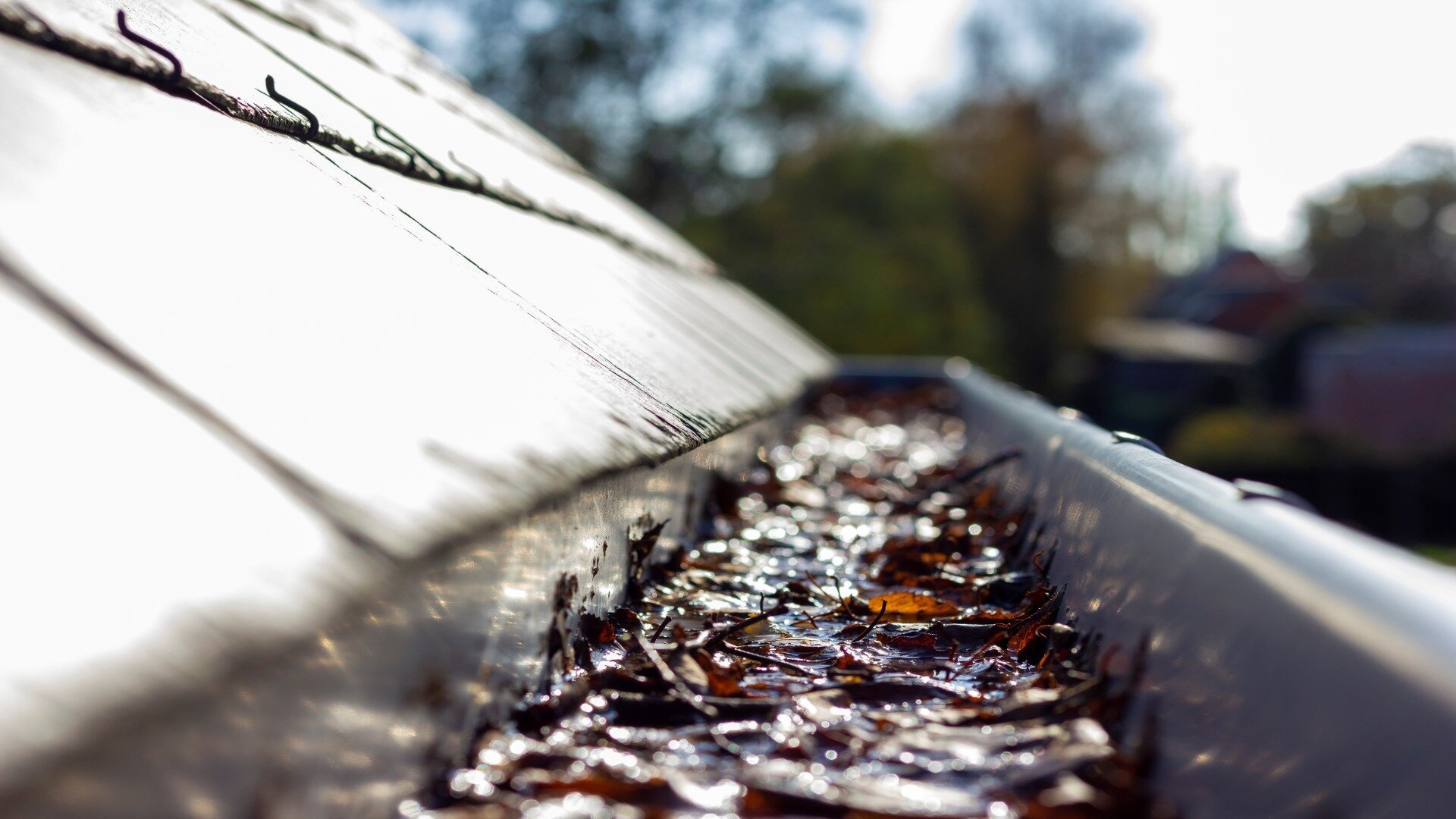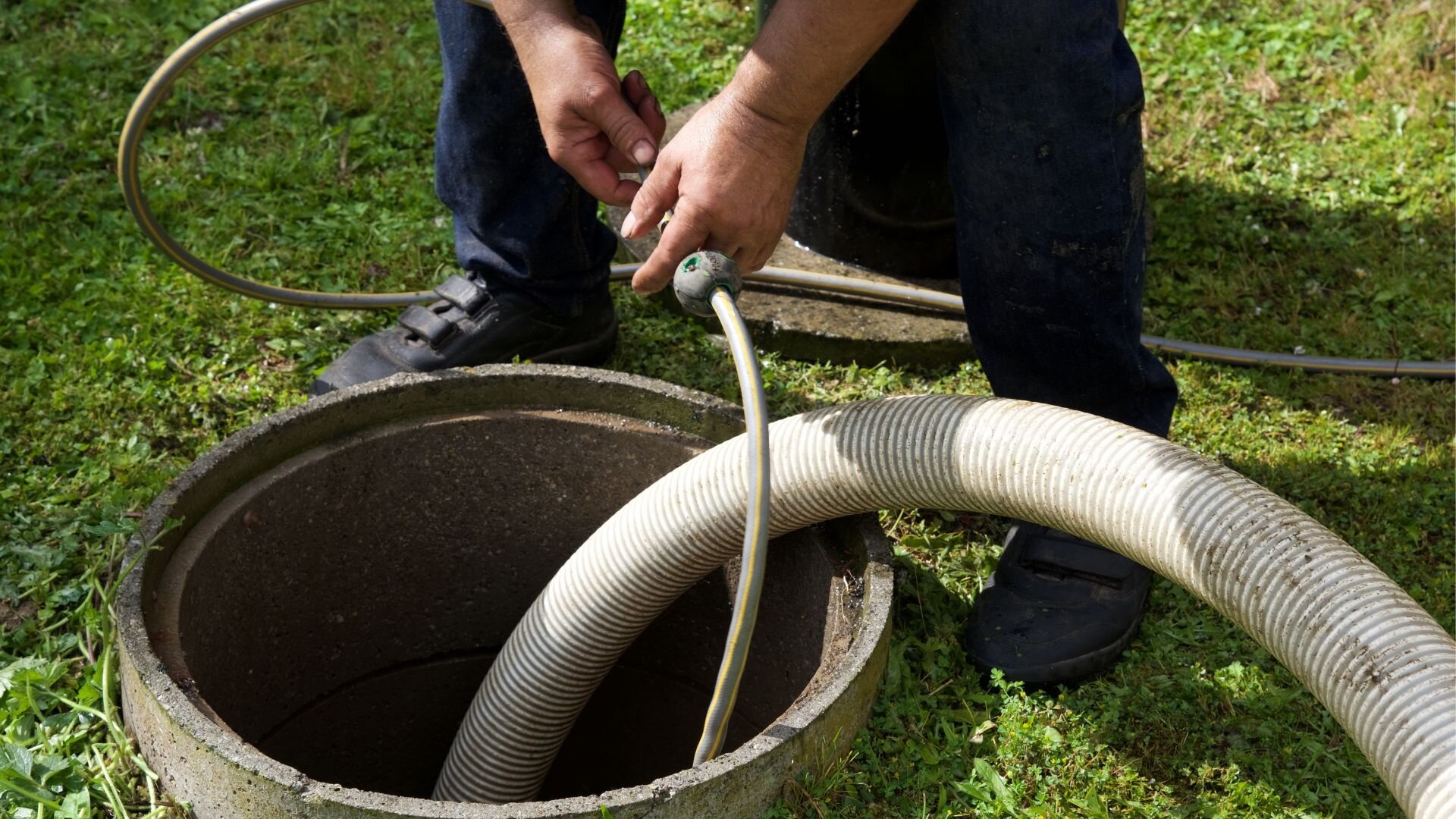If left unaddressed, a blocked basement floor drain can lead to numerous issues, such as structural flooding, slippery safety hazards, mould growth, ruined stored items, and an unpleasant odour. These problems can escalate over time, making it imperative to tackle the blockage promptly.
We’ll walk you through effective methods to clear a blocked basement floor drain and offer some handy tips to prevent future clogs. Keeping your basement in tip-top shape is a breeze with the right approach. Let’s dive into the best ways to tackle this common household nuisance and maintain a clean, safe, and functional basement.
Gear Up for Drain Clearing Battle
Before you begin unblocking your basement drain, ensure you have a few essential tools:
- Plunger – Choose a large, forceful sink/toilet plunger with a deep cup and a sturdy wooden handle for extra leveraging power.
- Drain Snake/Auger – Both hand crank and electric-powered varieties work. Select a length fitting pipe run.
- Bucket – Catches dirty drain water; provides plunger supplemental water.
- Old Towels – Soak up splatter spills.
- Flashlight – Illuminates inner drain workings.
- Gloves & Goggles – Guard against contact with contaminated water and debris.
- Knee Pads – Save joints from hard basement flooring during lengthy snaking sessions.
Make sure to wear protective equipment like gloves, goggles, and knee pads before working on a drain that likely contains questionable grime. Avoid open cuts or direct skin contact throughout the process, as you don’t want to risk contact with contaminated water and debris inside the pipes.
Evaluating Your Clog Situation
Before you start, take a moment to assess the clog situation. This step is crucial to planning your drain-clearing strategy efficiently.
Check how much water is pooling in the drain well. If it’s filled right up to the brim, that likely indicates a major blockage. If it’s only partially covered, a minor clog is more probable. Use a wire hanger to carefully feel around inside the drain opening and gauge how deep into the pipe the debris is stuck.
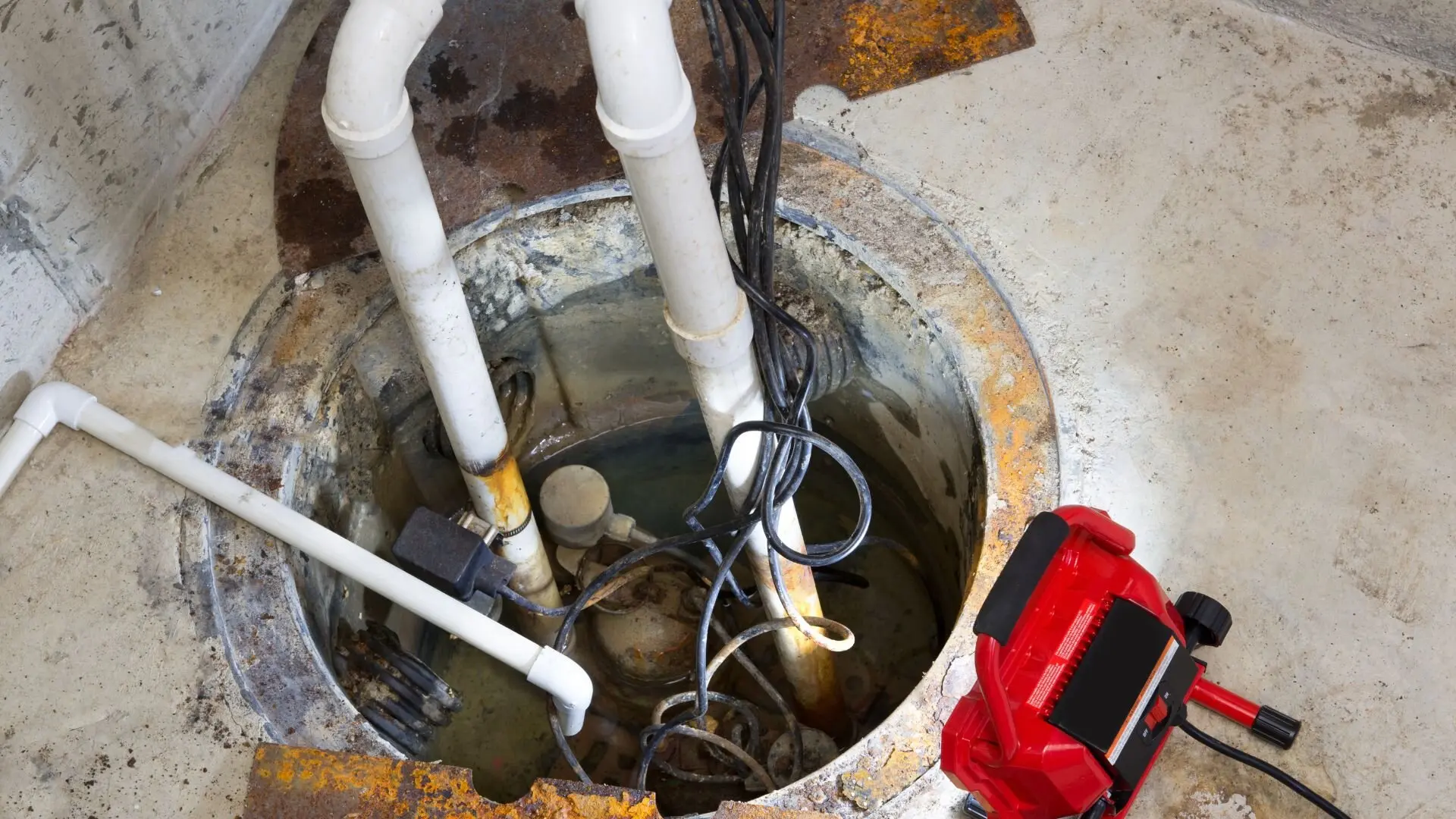
Also, observe if daylight shines down from overhead when you shut off the basement lights. A faint glow suggests gunk accumulated closer to the surface before the pipe travels horizontally away into darker areas.
As you pour a steady bucket of water down the drain, listen carefully. If you hear loud gurgling sounds, that’s a positive sign—water is heading down smoothly before it encounters the clog further along. Weaker flow sounds could indicate a blockage near the entrance.
Getting clues upfront as to partial or complete clogging, surface or inner pipe locations, and estimated debris amounts appropriately informs your action plan and gears you up for the necessary level of effort.
Attempt Drain Dislodgment Via Plunger
If signs indicate a partial clog or smaller items lodged near the drain cover, suction force may free the debris.
Start by securely positioning the plunger over the entire floor drain opening, ensuring the rubber cup makes tight contact on all sides to seal airflow. Fill the plunger cup about 1/3 of the way with water to submerge its base completely. The water adds weight and improves the vacuum seal.
Quickly plunge straight down over the drain several times in smooth motions without breaking the cup rim seal against the surface to build force. Then, remain with the cup pressed down fully into the opening and give the entire plunger several determined twists. The cup edges grinding into the pipe walls adds extra prying action to help knock loose stuck gunk.
Release the plunger to see if desired gurgling sounds or water level reductions indicate regained flow. Repeat focused plunge-twist sequences until hopeful signs show the obstruction dislodged at least partly downstream.
Tips for Improving Plunger Suction
If initial plunging efforts don’t yield improved drainage, add more supplemental water to the plunger cup to strengthen the vacuum seal. Also, attempt to cover the overflow hole temporarily. The increased isolated pressure concentrates force directly on the clog. Just beware, too vigorous plunging covered risks splashing messy overflow.
Using a Drain Auger Snake
If plunging fails to clear the blockage, your next recourse is to bring in the rotating drain snake:
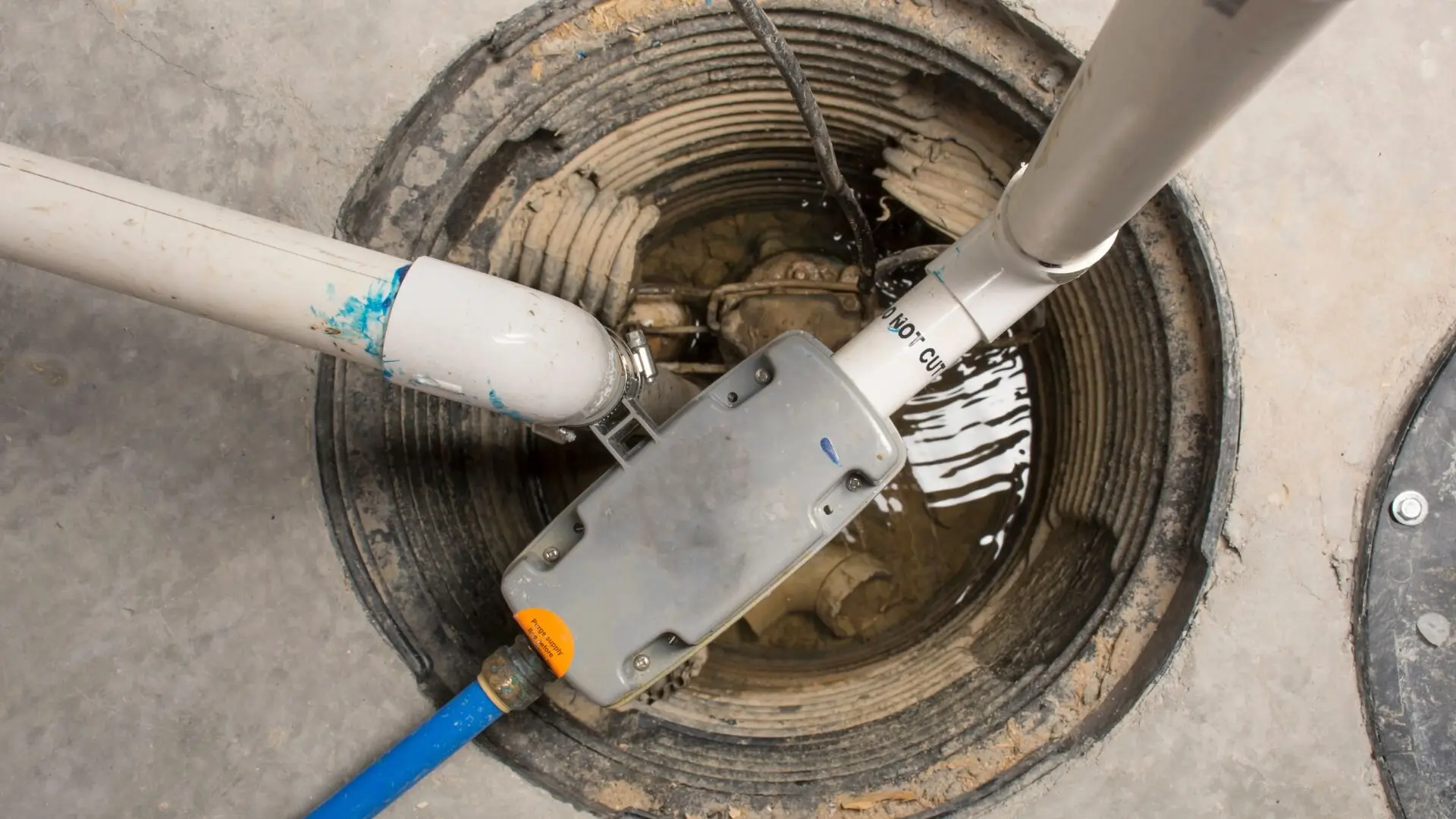
Step 1: Insert Snake Into Drain
Feed the metal coil auger tip first into the drain at a 30-degree angle. Have hand crank or electric motor powered variety ready
Step 2: Power On at a Low Setting When Resistance is Met
Once you feel the snake make contact with the clog, start cranking it on the lowest setting. This lets the rotating hooks slowly break up the blockage.
Step 3: Forward and Backward Cranking Motion
Responsively crank or spin the hooks forward and backward to help grab and break up debris and dislodge it downstream.
Step 4: Listen for Clearing Flow Sounds
Successful clog removal is accompanied by a sudden whoosh of draining water flows.
Step 5: Exercise Caution If Significant Snagging
If you experience too much strain that risks pipe damage, reverse the snake direction. Know your limitations to avoid perma-stick auger situations.
The key steps are called out and better explained for effectively using a powered snake/auger tool to hook and clear serious drain clogs after plunger attempts disappoint.
Handling Tricky Snaking Issues
Using mechanical snakes takes practice, given the potential to jam debris or damage piping further if not careful. For very gradual progress, repeatedly pull the snake back to check if debris has freed, then continue working forward again in clean pipe sections for better grabbing efficiency.
If the snake keeps veering left or right instead of continuing down the straight pipe path, apply pressure while manually twisting it to guide it through fitting joints.
Slow down on cranking or activating powered motors once hitting solid mass blockages. Let auger hooks nibble gently with occasional two-way motions, waiting for slight give before driving forward. Forcing risks snapped cables.
Know DIY Attempt Limits
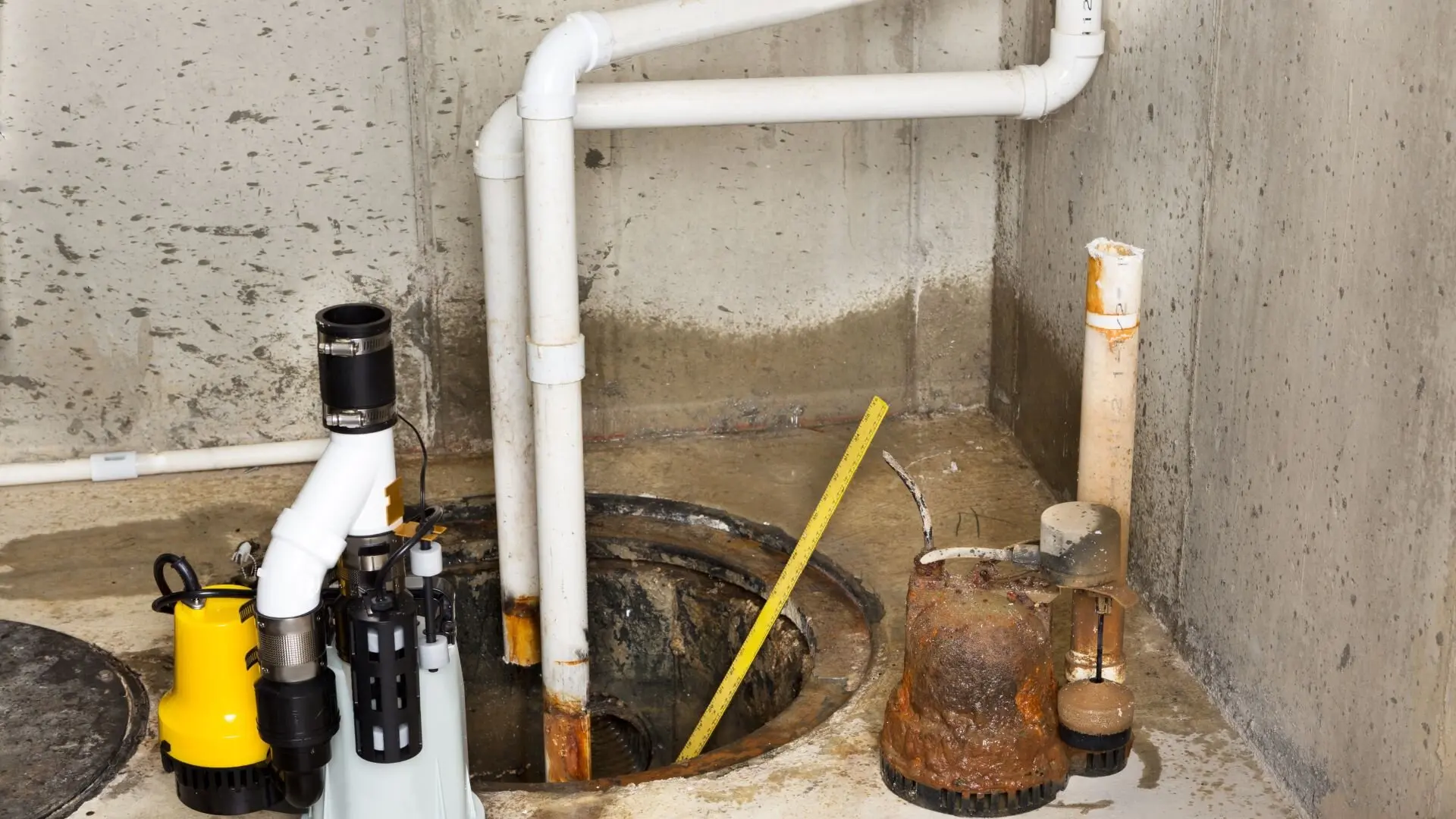
As a homeowner, it’s essential to recognise the limitations of DIY snaking tools and abilities. Calling in drain professionals is wise if you run into severe obstructions deep inside long pipe stretches beyond your auger snake’s reach. Horizontal basement drains with a bellied shape that traps debris in the middle can also be extremely difficult to clear without detaching pipes to access properly.
If you confirm via a small camera snake or detector that the clog lurks downstream in an area where your standard at-home auger can’t quite get to, it’s best to have a professional deal with it.
Attempting to forcefully clear severe clogs exceeding your DIY snaking capabilities risks broken cables or further jamming debris in place. Know your limits to avoid creating bigger headaches - some obstructions better leave the big guns equipped to handle them.
Prevent Repeat Drain Clogs
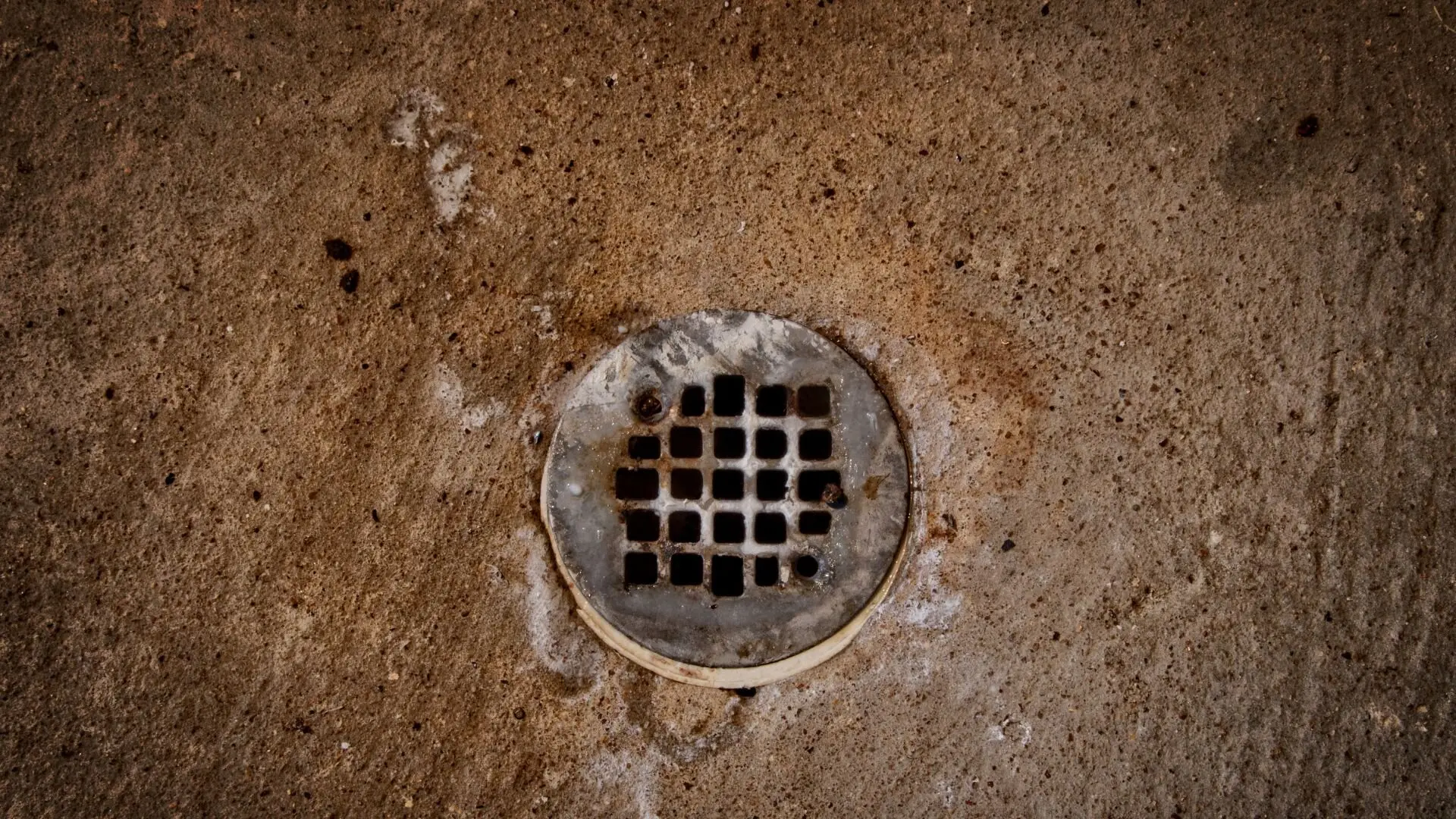
While tackling a current clog, address what likely caused it so problems don’t resurface.
- Drain covers and mesh screens should be used to catch hair, laundry lint, and larger debris before entering pipes.
- Pour hot water mixed with liquid drain cleaner monthly to clear soap scum and dissolve smaller accumulations.
- Check pipe joints and foundation seals for cracks, allowing dirt/roots to expand when wet.
- Ensure downspouts and grading slope water away from foundations
- Don’t send fats/oils/grease down drains, as these coat pipes and attract stuck items
Catching debris early and keeping smaller particles moving freely helps tremendously. But also assess baseline environmental factors enabling chronic drainage issues:
- Large trees with invasive roots are attracted to water sources
- Porous concrete foundations allow moisture seepage
- Leaking appliances or pipes saturating ground soil
- Past foundation shifts or cracks enabling grit ingress
To tackle these root issues, consider pruning invasive nearby trees, sealing cracks with hydraulic cement, fixing appliance leaks, or installing foundation wall waterproofing. Deal with the sources instead of just the symptoms!
Get Backup from the Drainage Experts
As a Sydney homeowner, tackling a blocked basement floor drain yourself can seem like a frustrating weekend chore. But in many cases, a few simple DIY methods, like focused plunging and mechanical snake augering, can successfully break through the clog.
It’s also important to recognise when poor drainage signals bigger issues needing professional help. If your attempts don’t result in that satisfying gurgle of freed flow, or if you find significant blockages, it’s time to bring in the experts.
The qualified team at Fixed Today Plumbing brings in the big guns, like industrial-grade pressure jets and high-tech camera gear, to identify and tackle leaks properly, clear long-standing clogs, and address design flaws. Don’t settle for damp storage or temporary fixes! Call in the experts who can solve your clog problems at the source.
Contact Fixed Today Plumbing online or call 1800 349 338 to schedule an inspection by Sydney’s top-rated drainage restoration team today before your next rainy day!

